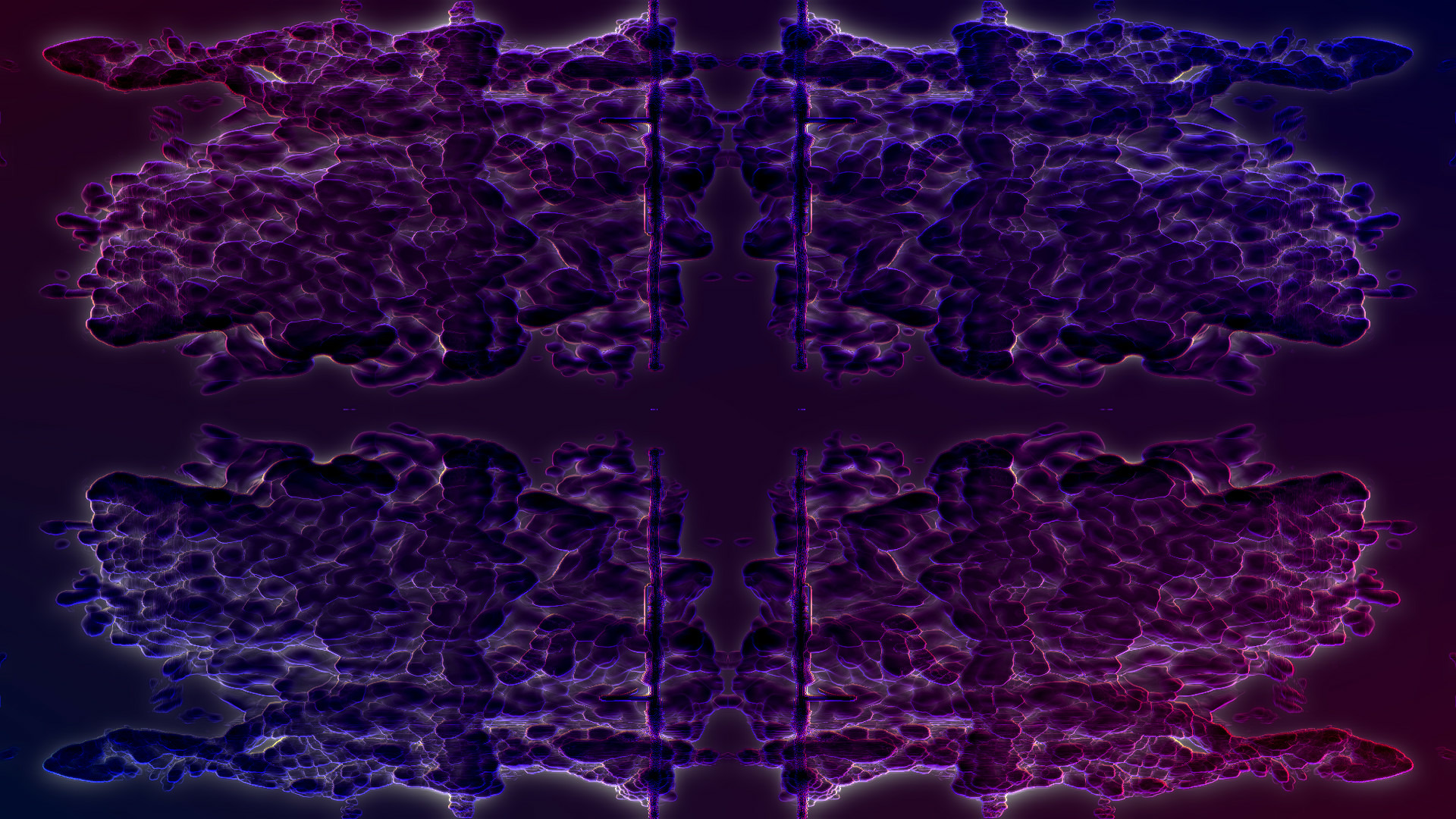The "project m music visualizer" is revolutionizing how we experience music, turning sound into a visual masterpiece. It is an open-source software that transforms your audio tracks into captivating visual displays, providing an immersive experience for users. With its dynamic and interactive design, the project m music visualizer offers both amateur and professional artists a platform to experiment and express their creativity through music visualization. The software is designed to be versatile, supporting various audio formats and operating systems, making it accessible to a wide range of users. By leveraging the power of OpenGL, project m music visualizer ensures smooth and high-quality visual transitions, enhancing the overall user experience.
Music visualization is more than just an entertainment tool; it is an art form that combines auditory and visual elements to create a multi-sensory experience. The project m music visualizer serves as a bridge between these two worlds, allowing users to see the music in a way they have never before. The software's ability to generate intricate patterns and designs based on the music's rhythm and tempo is what sets it apart from other visualization tools. Whether you're a music enthusiast or a visual artist, the project m music visualizer offers endless possibilities for exploration and creativity.
In this article, we will delve into the various aspects of the project m music visualizer, from its features and functionalities to its applications in different fields. We will also explore how this innovative tool can enhance your music-listening experience and provide tips on getting the most out of it. Whether you're new to music visualization or an experienced user, this comprehensive guide will equip you with the knowledge and skills to make the most of the project m music visualizer.
Read also:Meet Terry Crews Hollywoods Energetic Powerhouse
Table of Contents
- What is Project M Music Visualizer?
- How Does It Work?
- Features and Functionalities
- Why Use Project M Music Visualizer?
- Applications in Different Fields
- How to Get Started?
- Tips for Enhancing Your Experience
- Frequently Asked Questions
- Conclusion
What is Project M Music Visualizer?
The project m music visualizer is an open-source software designed to convert audio tracks into visual animations. Its primary function is to analyze the music's sound waves and rhythm, then generate corresponding visual patterns that sync with the audio. This makes it a powerful tool for both personal enjoyment and professional use.
The software is based on the MilkDrop visualizer, which was originally developed for Winamp. Over time, it has evolved and been enhanced by a community of developers, making it one of the most popular music visualization tools available today. Its compatibility with various platforms and user-friendly interface make it accessible to both novices and experts in the field of music visualization.
How Does It Work?
The project m music visualizer operates by using complex algorithms to interpret audio signals and transform them into graphical representations. It utilizes the Fast Fourier Transform (FFT) to break down audio signals into their frequency components, allowing it to create visuals that respond dynamically to the sound.
Once the audio is processed, the visualizer renders animations in real-time using the OpenGL graphics library. This ensures smooth, high-quality visuals that are synchronized with the music. Users can customize the visual output by selecting different presets, adjusting parameters, and even creating their own unique visualizations.
Features and Functionalities
The project m music visualizer boasts a variety of features that make it a versatile and powerful tool for music visualization. Some of the key functionalities include:
- Supports multiple audio formats, including MP3, WAV, and FLAC.
- Compatible with Windows, macOS, and Linux operating systems.
- Offers a wide range of visual presets that can be customized to suit individual preferences.
- Allows users to create their own visualizations using the built-in scripting language.
- Supports dual-monitor setups for an enhanced visual experience.
- Open-source nature encourages community contributions and continuous improvement.
Why Use Project M Music Visualizer?
The project m music visualizer is an indispensable tool for anyone looking to enhance their music-listening experience. Here are some reasons why you should consider using it:
Read also:Woody Allen A Cinematic Genius And His Enduring Impact
Firstly, it provides a unique way to experience music by combining audio with visually appealing graphics. This not only enhances the enjoyment of your favorite tracks but also offers a new dimension of appreciation for the music.
Secondly, it is a valuable resource for artists and musicians looking to add a visual component to their performances. The ability to create custom visualizations allows artists to express their creativity and engage audiences in new and exciting ways.
Finally, the project m music visualizer is a great tool for learning and exploring the world of music visualization. Its open-source nature encourages experimentation and collaboration, making it an ideal platform for both beginners and experienced users.
Applications in Different Fields
The project m music visualizer has a wide range of applications across various fields. Some of these include:
- Entertainment: Used in concerts, clubs, and parties to create immersive visual experiences that complement the music.
- Education: Provides a visual aid for teaching concepts related to sound waves and frequency analysis.
- Therapy: Used in music therapy sessions to create calming and engaging visual environments.
- Art Installations: Employed in art exhibits and installations to create interactive and dynamic displays.
- Research: Utilized in studies related to auditory perception and cognitive processing of music.
How to Get Started?
Getting started with the project m music visualizer is a straightforward process. Here are the steps to follow:
- Download the software from a reliable source, ensuring compatibility with your operating system.
- Install the software following the provided instructions.
- Launch the visualizer and choose your preferred audio source, whether it's a local file or an online stream.
- Explore the available presets and customize them to your liking.
- Experiment with creating your own visualizations using the scripting language.
Tips for Enhancing Your Experience
To get the most out of the project m music visualizer, consider the following tips:
- Experiment with different audio sources to see how they affect the visuals.
- Create playlists of your favorite tracks to enjoy continuous music visualization.
- Explore community forums and online tutorials for tips and advice on creating custom visualizations.
- Consider using a dual-monitor setup for a more immersive experience.
- Keep the software updated to benefit from new features and improvements.
Frequently Asked Questions
1. Can I use project m music visualizer on my smartphone?
Currently, the project m music visualizer is primarily designed for desktop use on Windows, macOS, and Linux. However, there are similar apps available for mobile devices that offer music visualization features.
2. Is it possible to create my own visualizations?
Yes, the project m music visualizer includes a scripting language that allows users to design and implement their own custom visualizations. This feature is ideal for those looking to experiment with new designs and effects.
3. Does project m music visualizer require an internet connection?
No, the software does not require an internet connection to function. However, you may need internet access to download the software or stream online audio sources.
4. How do I update the project m music visualizer?
Updates are typically available through the official website or community forums. It's important to regularly check for updates to ensure you have the latest features and improvements.
5. Can I use project m music visualizer for commercial purposes?
Yes, the project m music visualizer can be used for commercial purposes, but you should review the software's license agreement to understand any limitations or requirements.
6. What are some alternative music visualizers?
Some popular alternatives to the project m music visualizer include MilkDrop, G-Force, and VSXu. Each offers unique features and customization options, allowing users to choose based on their preferences and needs.
Conclusion
The project m music visualizer is a powerful and versatile tool that enhances the way we experience music. Its ability to transform audio into stunning visual displays opens up new possibilities for creativity and expression. Whether you're a music enthusiast, an artist, or an educator, the project m music visualizer offers a unique platform for exploring the intersection of sound and sight. By following the tips and guidelines outlined in this article, you can unlock the full potential of this innovative software and take your music experience to the next level.
For more information and resources on music visualization, consider visiting this Wikipedia page.

